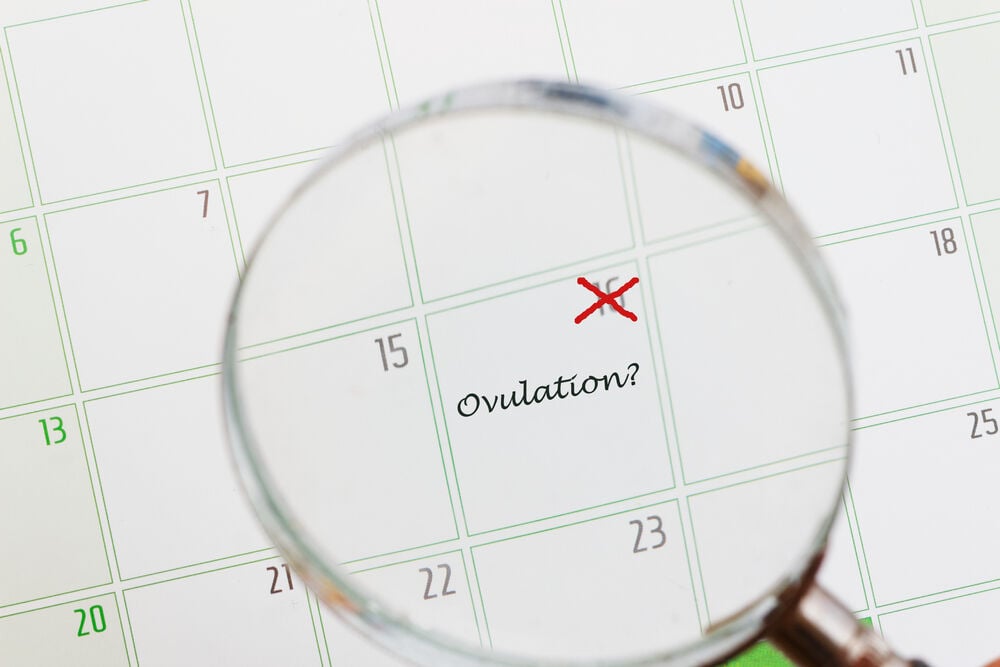Checking your cervix during ovulation may provide good information if you’re trying to get pregnant, especially if you feel uncertain about your other signs of fertility, such as changes in cervical mucus and body temperature.
Remember: ovulation predictions should never be used for birth control.
















